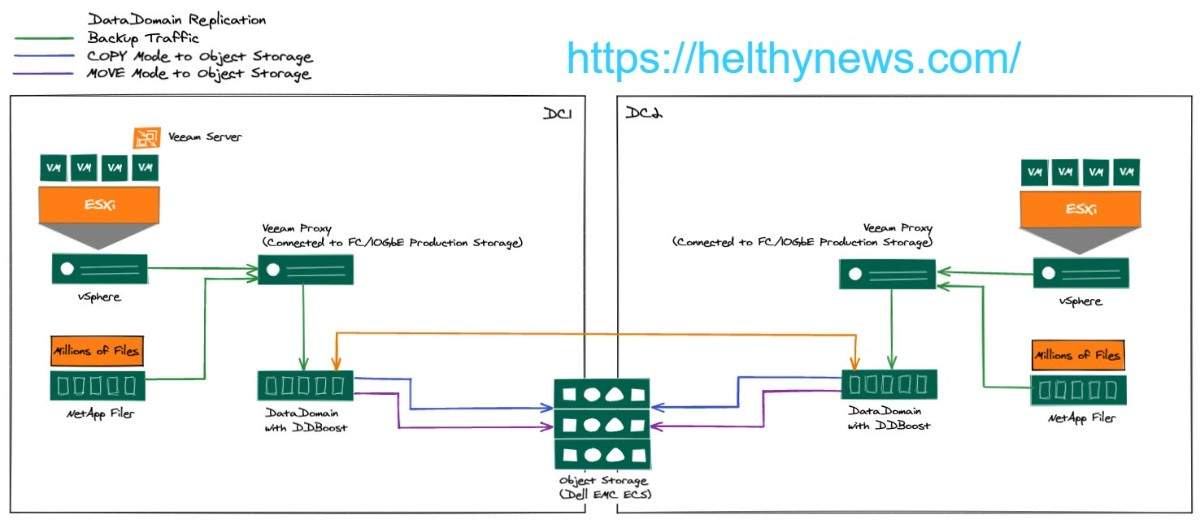
DNA paternity testing is crucial in determining the biological relationship between a child and an alleged father. With technological advances, DNA testing has become increasingly accurate and reliable, making it the preferred method for establishing paternity. A scientifically based approach to determining paternity is crucial in today’s society, where families come in many different shapes and forms.
Whether you seek to establish paternity for personal or legal reasons, understanding the science behind DNA paternity testing is essential.
What Is DNA, And How Does It Work?
DNA, short for deoxyribonucleic acid, is the genetic material that makes up our genes and determines our unique characteristics. DNA is located in the nucleus of every cell in our body and contains the instructions for building and maintaining our bodies. Our DNA is composed of four nitrogenous bases – adenine (A), guanine (G), cytosine (C), and thymine (T) – arranged in a specific sequence to form a double-stranded helix. This sequence of nitrogenous bases encodes genetic information in the form of genes, which are the functional units of heredity.
The Process of DNA Paternity Testing
DNA paternity testing involves collecting DNA samples from the child, the alleged father, and sometimes the mother and analyzing these samples to determine the biological relationship between the child and the alleged father. The process typically includes the following steps:
- Sample Collection
The first step in DNA paternity testing, including NIPP testing, is to collect DNA samples from the child, the alleged father, and sometimes the mother. This can be done through a simple cheek swab. Which collects cells inside the cheek.
- DNA Extraction and Preparation
Once the samples arrive at the laboratory, the DNA is extracted from the cells and prepared for analysis. This involves breaking down the cells and isolating the DNA.
- Polymerase Chain Reaction (PCR)
The next step is amplifying specific DNA regions using a polymerase chain reaction (PCR) technique. This technique makes multiple copies of particular areas of the DNA, allowing the laboratory to have enough DNA to compare the child and the alleged father.
- DNA Analysis
The last step in the procedure is to analyze the DNA to see if there is a match. If the tested father is the birth father, a significant portion of the child’s DNA should match the DNA of the alleged father. The analysis typically involves comparing specific DNA regions known to be inherited from the father. If there is no match, it provides strong evidence that the man is not the child’s biological father.
The Significance of DNA Paternity Testing Results
The results of DNA paternity testing can have significant personal and legal implications for individuals and families. If the test results show that the alleged father is the biological father, it can provide the child peace of mind and a sense of identity. For legal purposes, DNA paternity testing can be used to establish child support and custody arrangements, as well as resolve disputes in cases of inheritance and immigration.
Advantages of DNA Paternity Testing
- Accuracy
One of the main advantages of DNA testing is its accuracy. With recent advances in technology, DNA paternity testing can provide results with a high degree of accuracy. In most cases, the accuracy of the test is more significant than 99.9%, making it the preferred method for determining paternity.
- Non-Invasive
Another advantage of DNA paternity testing is that it is non-invasive. The sample can be collected through a simple cheek swab, making it easy and convenient for individuals to participate in the testing process.
- Speed
DNA paternity testing is also a fast process. The laboratory can provide results within a few days to a week, making it possible for individuals to receive the results quickly.
- Legal Recognition
The results of DNA paternity testing are legally recognized in many jurisdictions, making it an essential tool for resolving legal disputes and determining custody and support arrangements.
Disadvantages of DNA Paternity Testing
- Cost
One of the main disadvantages of DNA paternity testing is the cost. While the price has decreased recently, DNA paternity testing can still be expensive. This making it out of reach for some individuals.
- False Positives and False Negatives
While DNA paternity testing, including non-invasive prenatal paternity tests, is highly accurate, there is a slight chance of false results. False positives, where the test results indicate a biological relationship when there is none, can occur in rare cases. False negatives, where the test results suggest that the man is not the biological father when he is, can also happen if there is a genetic mutation or if the test does not analyze a specific region of the DNA inherited from the father.
Conclusion
The science of DNA paternity testing provides a valuable tool. That is used for determining the biological relationship between a child and an alleged father. By comparing specific regions of the DNA. The test can provide reliable and accurate results that have significant personal and legal implications for individuals and families. Whether you seek to establish paternity for personal or legal reasons, understanding the science of DNA paternity testing is essential.





